 Your new post is loading...
 Your new post is loading...
Consistent exposure to music, like learning to play a musical instrument, or taking voice lessons, strengthens a particular set of academic and social-emotional skills that are essential to learning. In ways that are unmatched by other pursuits, like athletics for instance, learning music powerfully reinforces language skills, builds and improves reading ability, and strengthens memory and attention, according to the latest research on the cognitive neuroscience of music.
Via Nik Peachey

|
Scooped by
John Evans
|
It is no secret how we retain information, construct new knowledge, and develop competencies critical for success in the world of work and, more importantly, life. Learning is shaped by specific conditions that are either created or engaged in by chance that allow for authentic application through an immersive experience. If there were a secret sauce, then that is it, but it's not as mysterious as one might think. When it comes to classrooms and schools getting students actively involved, it isn't a gimmick. It is a proven way to improve academic outcomes.

|
Scooped by
John Evans
|
Exercise stimulates the growth of new neurons, Suzuki explains, in a process called neurogenesis. In addition, it increases the neurochemical BDNF, which acts as a fertilizer, strengthening neurons and making them less susceptible to breaking down. Physical activity also increases levels of serotonin, norepinephrine, dopamine and endorphins that support emotional well-being, motivation and response to stress. As we age, exercise has a protective effect on the brain, says Suzuki, making it less susceptible to neurodegenerative diseases and normal cognitive decline. With exercise, “you are making synaptic connections, and you are making more synapses grow. Movement will help your brain today and protect you against neurological decay in the future

|
Scooped by
John Evans
|
I had just pressed the glowing submit button on my screen. After two and a half years, I finally finished my Masters in Computer Science. As the immediate thrill of being done with my coursework…

|
Scooped by
John Evans
|
Every day, Jesse differentiates instruction by consistently assigning some of his third-graders physical activities instead of written tasks because he has seen those students exhibit the traits of kinesthetic learners. In a classroom across town, Claudia separates the fourth-grade students in her class who appear left-brain dominant into a “Math Achiever” group and provides them with extra math enrichment. In another state, Martin, an experienced reading support teacher advises a parent that his first-grade student probably has dyslexia because she reverses letters.
All of these teachers are applying brain-based research to their teaching and classroom differentiation in ways that benefit their students.
Right?
Actually, not so much.

|
Scooped by
John Evans
|
High school students ask this question partly to challenge the teacher’s authority, but they may really want to know the answer.

|
Scooped by
John Evans
|
A teacher has the distinct responsibility to nurture a student’s learning and to provide feedback in such a manner that the student does not leave the classroom feeling defeated. Here you will find 20 ideas and techniques on how to give effective learning feedback that will leave your students with the feeling they can conquer the world.

|
Scooped by
John Evans
|
If you do a Google image search for "classroom," you'll mostly see one familiar scene: rows or groups of desks, with a spot at the front of the room for the teacher.
One teacher, many students: It's basically the definition of school as we know it, going back to the earliest days of the Republic. "We couldn't afford to have an individual teacher for every student, so we developed a way of teaching large groups," as John Pane, an education researcher at the RAND Corporation, puts it.
Pane is among a wave of education watchers getting excited by the idea that technology may finally offer a solution to the historic constraints of one-to-many teaching.
It's called personalized learning: What if each student had something like a private tutor, and more power over what and how they learned?

|
Scooped by
John Evans
|
Empowered with some basic information about how the mind and brain work during learning, teachers can plan to use some new strategies for supporting high student achievement.
Through the years we have facilitated the use of brain-based strategies that help foster growth mindsets through the internalization of learning successes, individual choice, positive self-talk, and teacher modeling. Teachers tell us that using these teacher-friendly tools can jumpstart the learning process early in the year.

|
Scooped by
John Evans
|
If you’d met Ulrich Boser while he was still in school, you might not have tagged him as a guy who would one day write a book about learning. Early in his life, at least, learning was a struggle. “School was tough for me from the very start—I repeated kindergarten,” Boser tells me ruefully. All these years, he’s kept a piece of paper with him: the school psychologist’s report on his learning problems. He elaborates further in a new book:
“Different theories about the cause of my difficulties floated around, vague potential explanations. One account held that I was slow to learn because my immigrant parents spoke German at home. Others claimed that I had an auditory problem, that my brain wasn’t wired correctly when it came to listening. Still others believed I lacked intelligence, that almost magical ability to think through issues and solve problems.”

|
Scooped by
John Evans
|
Great school leaders aren’t measured by how much they accomplish from August to June, but rather, how their students grow and thrive year after year. In the summer months, it is vital for leaders to reflect, innovate and strategize on making the next school year successful.
In my work at CT3, I see effective educators who make great use of the summer months. Here are some ideas:

|
Scooped by
John Evans
|
"This past week I attend the Infosis CrossRoads Institute. It was filled with some great speakers and panels, but the most profound moment for me was a single statement made by Kipp Bradford, “failure is for the privileged.”

|
Scooped by
John Evans
|
Teaching through projects, interrogating the value of grades, attempting to make learning more meaningful and connected to young people’s lives and interests, thoughtful ways of using technology to amplify and share student work. These are just some of the ways teaching and learning are changing. But moving to these kinds of learning environments is a big shift for many teachers, schools, and districts; it’s hard to sustain change once the shiny newness wears off. That’s when people tend to slip back into old habits, relying on what they know best. The transformation requires a leader who understands how to manage the change process.
“Sustained modes of change can be incredibly meaningful and yield for your community in huge ways, but you have to be incredibly intentional in order to make space for these things to happen,” said Diana Laufenberg at an EduCon 2018 session about how to lead through change. Laufenberg is the executive director of Inquiry Schools, a nonprofit working with schools around the country to make these shifts. She has come to the conclusion that there are five pillars to sustaining change: permission, support, community engagement, accountability and staying the course.
|

|
Scooped by
John Evans
|
You know what continues to upset me in education?
It’s not how we label kids (although that is pretty high up there on my big list).
But, it is how kids label themselves.
I’m starting to see it with my own kids. I’ve got four, but three are in school right now (5th grade 2nd grade, Kindergarten). It’s almost natural for them to start saying things like, “I’m not that good at spelling, Dad”, or “I can’t do that math homework, but I’m good at the social studies.”
I saw it with students when I was teaching middle school, and when I was teaching high school.
They would come into class with labels for themselves. How well they could write. Whether or not they considered themselves a reader. So many believed that they were not creative. Many just thought they were not learners, not good at this game of school.
On the flip side, I also had plenty of students come through my classroom who labeled themselves as “smart” and good at the game of school.
They were often the ones who would ace a test, but be confused with how a project-based experience was going to be assessed. They too labeled themselves as a specific type of learner, and it had negative consequences in a different way.

|
Scooped by
John Evans
|
One thing that is important to me is that we, as adults, are modeling the practice of elevating other adults and inspiring them to succeed in meaningful ways. Not only is this beneficial to others, but ourselves. When I do things to help others, it selfishly leads me to have a better feeling about myself. To know that I had a part in amplifying someone’s message or helping them in some way to get to a higher level of success is something that I find satisfying. But it is also modeling something to our students (and children) as well. Why would kids cheer on one another if the adults are not doing the same?

|
Scooped by
John Evans
|
Research around the way humans learn is booming these days. Consider viral brain-based teaching trends and explorations of how the act of teaching shapes kids’ brains.
Mariale Hardiman, vice dean of academic affairs at the Johns Hopkins School of Education and and director of Johns Hopkins’ Neuro-Education Initiative.
But studying how the brain learns doesn’t necessarily mean memorizing proteins and brain chemistry. Sometimes it’s about empathy—or in the case of some of the latest research coming out of Johns Hopkins, it’s about understanding how art plays a role in learning.
One person who has closely watched, and even shaped, the coevolution of neurosciences with education is Mariale Hardiman, vice dean of academic affairs at the Johns Hopkins School of Education. The education professor is also the co-founder and director of Johns Hopkins’ Neuro-Education Initiative, a center that aims to bring together research on learning and neuroscience, teaching and education.
EdSurge sat down with Hardiman recently to learn about the Initiative’ recent findings around how injecting art into lessons across disciplines can boost memory and retention. (This conversation has been lightly edited and condensed for clarity.)
Based on how I had been taught to be an educator the best ways to know if students are learning was to give them a test. If they failed, it was their fault and they needed to do better next time. It took me a long time to learn that in the process of learning the teacher and the student need to be partners.
Via Nik Peachey
A Seattle study confirms that later high school start times improve teens’ sleep and grades. Fitbit-like activity trackers provided the evidence.
Via NextLearning

|
Scooped by
John Evans
|
Years of research prompt a group of scientists to ask whether we should rethink the way we do school.

|
Scooped by
John Evans
|
Learning new things is a huge part of life -- we should always be striving to learn and grow. But it takes time, and time is precious. So how can you make the most of your time by speeding up the learning process? Thanks to neuroscience, we now have a better understanding of how we learn and the most effective ways our brains process and hold on to information.
If you want to get a jump start on expanding your knowledge, here are 10 proven ways you can start learning faster today.

|
Scooped by
John Evans
|
Metacognition. Neuroplasticity. Retrieval Practice. Amygdala. These aren’t the normal words you’d expect to hear in a 15-year-old rural South African’s vocabulary. Here, though, it’s common talk. And why shouldn’t it be? Over the years, we’ve found youth are innately hungry to learn about the inner workings of their mind—where, why and how learning, thinking and decision-making happens. So, we teach them cognitive science.

|
Scooped by
John Evans
|
How do children learn; and how can their environment help or hurt that process? The answer to both may lie in the first years of our lives. Casey Lew-Williams is on the faculty at Princeton University and co-Director of the Princeton Baby Lab. He talks to us about the best ways to support children’s growth, the impact of poverty on early learning, and why the most sophisticated educational toys are often less effective than simply playing, talking, singing, and cuddling.

|
Scooped by
John Evans
|
"I took an excerpt of a recent post by Jackie Gerstein, 6 Activities I Use To Build Connections With Students At The Beginning Of The Year, because it seemed too valuable to get buried in a post on a different topic.
She was talking about messages she wants students to hear–to ‘start the year with.’ She didn’t intend for it to be an end-all/be-all of messages for all students everywhere, but rather the messages she delivers to her students in the context of what her students will be doing and how she will be teaching.
Because I liked her messages so much, I revised them a bit for a wider audience, which you’ll find below.
There are dozens of messages that students ‘need’ to hear, but I showed restraint (could’ve been 50) and stuck with six. If I did the post tomorrow, I may see it all differently. Feel free to add yours to the comments below."

|
Scooped by
John Evans
|
True story. The bell rang and nobody moved.
They were completely focused, totally engrossed. They probably didn't even hear the bell because they were so focused on what they were learning. Amazing, right?
How often are students counting down the minutes of each class? They have their eyes on the clock. They start packing up early, preparing themselves for the transition to the next class. Sometimes they are even lined up at the door, waiting for the bell to ring to move on to the next thing.
But not on this particular occasion. The students were so into what they were learning, the teacher had to remind them it was time to leave. You can work more on this tomorrow. You'll be late for your next class. It's time to go.

|
Scooped by
John Evans
|
When you’re standing in front of a classroom of students who’re not quite sure they even want to be in your class, much less pay attention to what’s being said, things like neuroscience, research studies, and teaching the way the brain learns are an abstraction.
Yet, brain-targeted teaching can engage and excite students because it taps into factors that stimulate the brain, grab the attention, and set the stage for learning.
|



 Your new post is loading...
Your new post is loading...

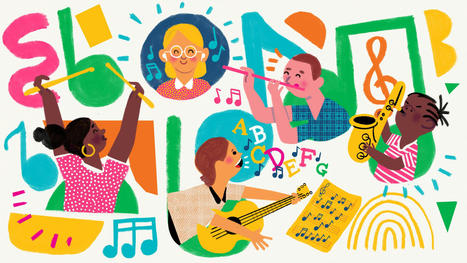



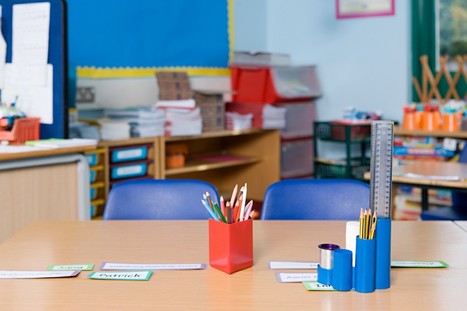

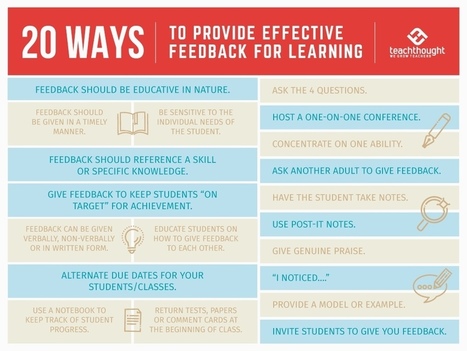


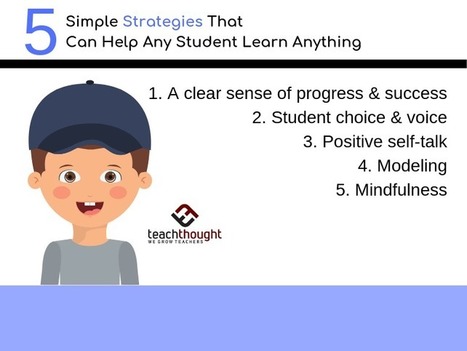
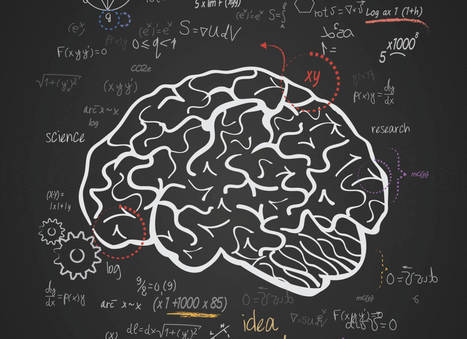

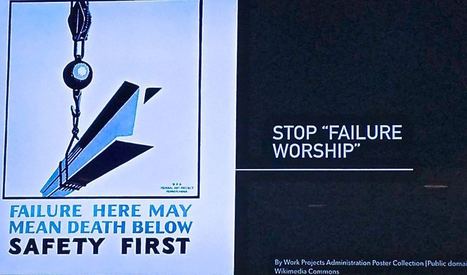

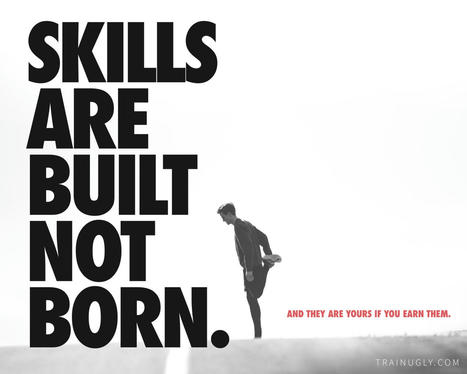
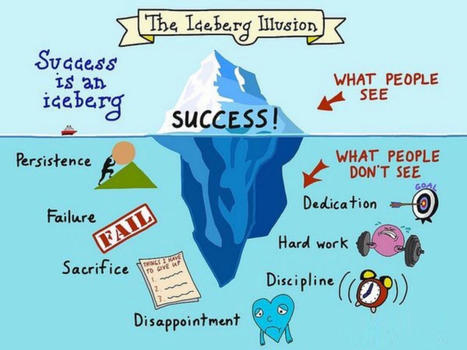

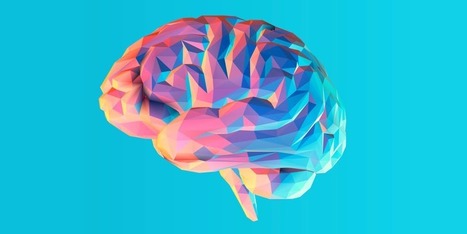
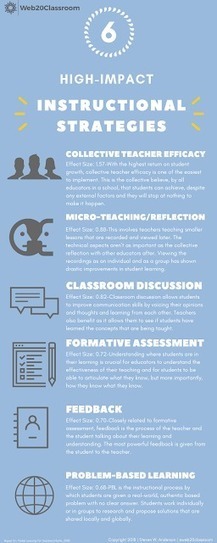



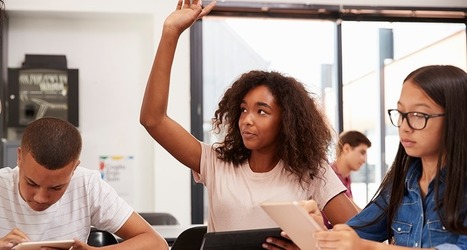
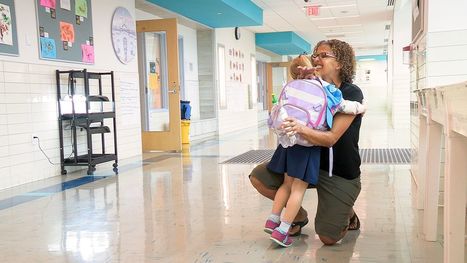
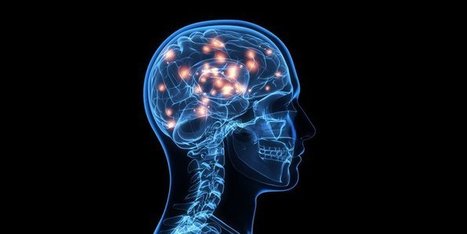

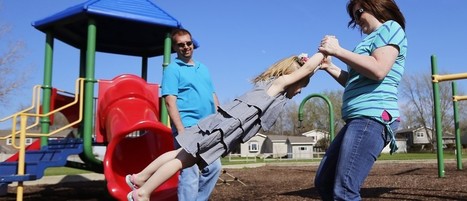








For sure.